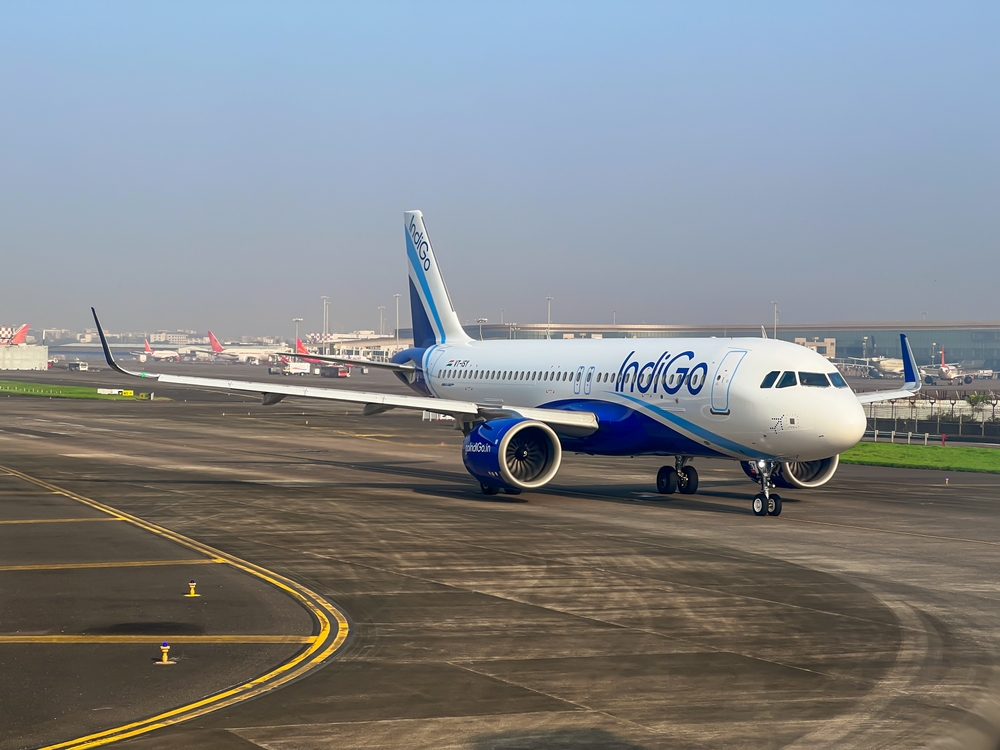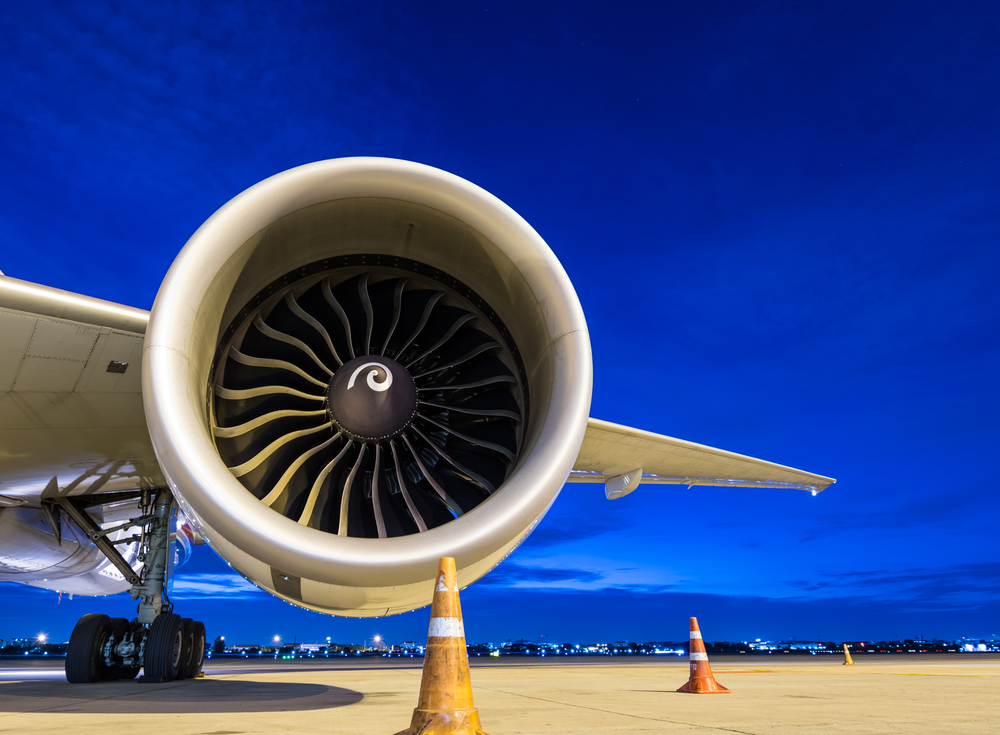New research has shone a new light on just how much operating environments can affect rates of wear-and-tear on aero engines. In particular, how the length of time aircraft spend in holding patterns before they land can have a major impact on engine components.
According to the research conducted by the University of Reading in the UK and published in the journal Natural Hazards and Earth System Sciences, aircraft flying into one of the world’s busiest airports, namely Delhi Indira Gandhi International Airport (DEL) are said to ingest around 10kg (22 lbs) of dust per 1,000 flights, with most of this dust being ingested while in holding patterns awaiting their slot to land, the research reveals.
Scientists at the University examined data from 17 years of atmospheric data collected by the European Centre for Medium-Range Weather Forecasting (ECWMF) plus data from the CALIPSO satellite. The team aimed to calculate the quantity of dust and sand particles ingested by jet engines at ten of the world’s busiest international airports located in desert regions or those that are subject to seasonal dust storms.
Being held in holding patterns near airports by air traffic controllers was seen to be the most detrimental period of flight for engine components, according to the study. The team concluded that greater quantities of dust are consumed at low holding patterns of up to 1,000m (3,280ft), where peak environmental dust concentrations occur most often.
Researchers said that holding times of 10 to 15 minutes at such latitudes can in fact lead to more dust ingestion than during the takeoff, climb, and taxi phases of a flight. By way of example, the study found that holding in one of Delhi’s holding patterns for this length of time at that altitude during the summer contributes to 50% of total dust ingestion for the flight. However, if the altitude of the holding pattern was raised above the dust layers, total dust ingestion rates could be cut by around 41%.

Additionally, the study team found that the largest doses of dust were ingested at airports close to the Sahara Desert, the Middle East, and Northern India when hot and dry ambient conditions are most conducive to causing large dust storms.
Topping the researchers’ list were flights into Delhi during the summer months when temperatures are highest and dust storms most frequent. The study found engines ingested an average of 6.6g per arrival in the run-up to the monsoon season, and 4.4g upon take-off and departure.
Coming next on the list was Dubai, followed by Niamey (Niger) at 4.3g and 4.7g per arrival, respectively. Flights arriving in Beijing were recorded as ingesting 2.9g on average.
What the study teams says
The researchers suggested that dust exposure could be reduced by changing flight schedules to avoid peak dust times. Additionally, shifting flights at Delhi and Dubai to nighttime slots could reduce engine dust ingestion by more than 30%, the report findings show.
“Dust and sand are dangerous to aircraft because dust melts to form glassy deposits on blades or hard mineral crusts inside engines,” said Dr Claire Ryder, from the University of Reading and lead author of the study. “These crusts disrupt airflow and cause overheating, resulting in accelerated engine wear.”

“Although the amount of dust ingested per flight is not huge, the amounts quickly add up. A plane consuming five grams of dust per arrival and departure will eat 10kg of dust over 1,000 flights. Planes will consume more dust when they are at lower altitudes waiting to land although this depends on the local weather conditions which affect the height of a dust plume in the atmosphere,” she added.
“Climate change may lead to a dustier world as temperatures rise and deserts expand, but we cannot say for sure yet. Climate models do not currently provide a consensus on whether global warming will mean a dustier world, as dust emissions depend on a lot of factors, such as soil moisture, precipitation, surface wind patterns, and vegetation cover.”
“Ongoing research at the University of Reading is working to improve the ability of climate models to predict dust emissions and transport through the atmosphere,” she concluded.

